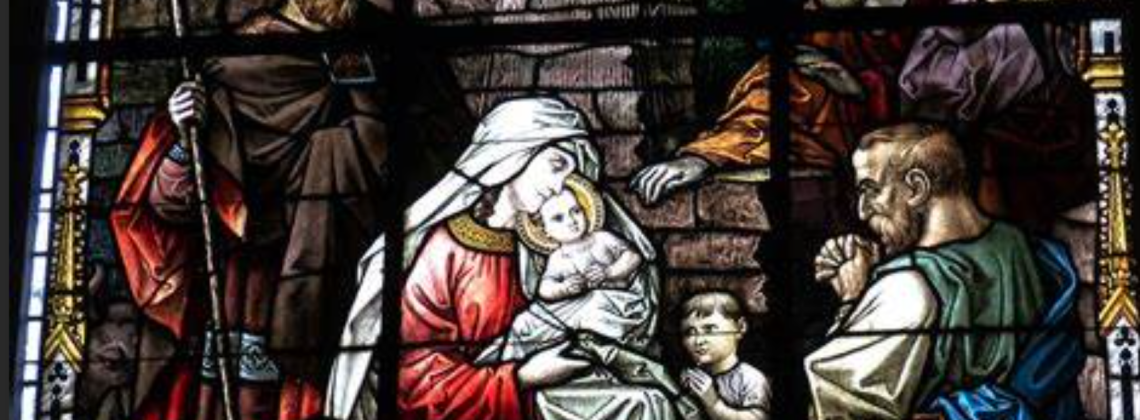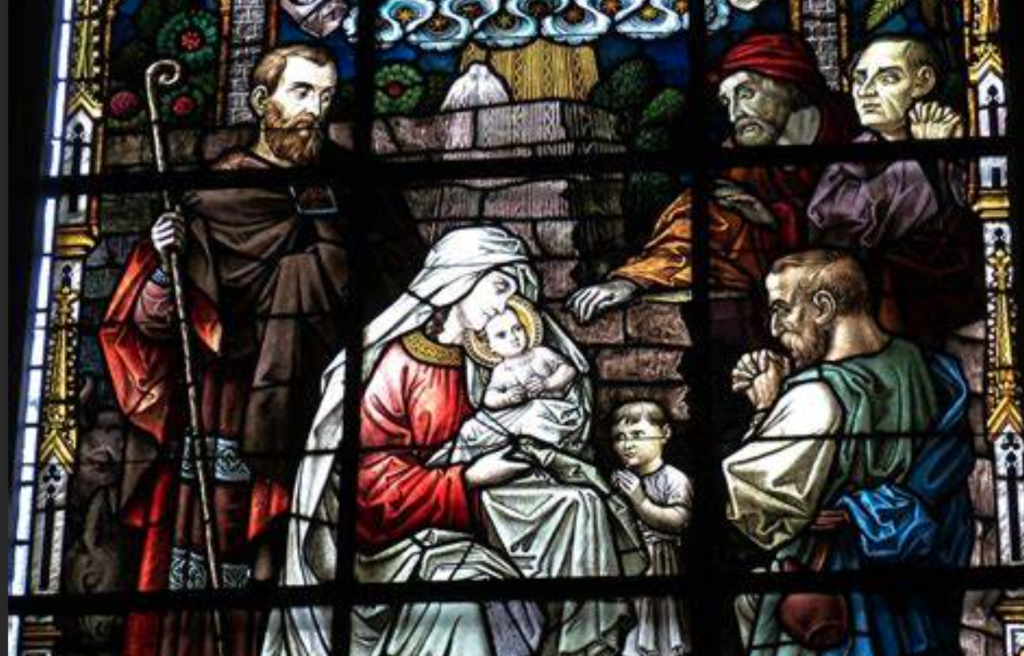

The happiest season of all gets its due in The Oxford Handbook of Christmas
The Oxford Handbook of Christmas. Edited by Timothy Larsen. Oxford University, 2023 (paperback). 656 pp., $50.00
With the season of Advent upon us and the Christmas holiday fast approaching, the debates over Christmas have begun. As Christians around the world meditate upon the mystery of the Incarnation, denouncements of consumerism, complaints that people have forgotten “the reason for the season,” and perhaps a few laments over the “war on Christmas” will appear like clockwork. But such heated discourse is hardly limited to Christian corners. Across social media, cringe-inducing memes exclaiming “Merry Mythras” are shared and rebutted, alongside heated discussions about when it is appropriate (or not) to wear Christmas-themed attire and play Christmas music. Finally, of course, there is the important ongoing debate on whether Die Hard is a Christmas movie or not. To the last, I assert that it is—after all, the film opens with the sound of sleigh bells, is set on Christmas Eve, and the wife of a main character, John McClane, is named Holly!
For these heated holiday debates, Timothy Larsen’s Oxford Handbook of Christmas provides valuable context, reminding us that celebrations, complaints, and contests have always been part of the Christmas season. In this massive 600-page volume Larsen has assembled a fantastic array of scholars to tackle the complex and changing cultural, theological, and historical components of Christmas. Given its size and heft, this volume is probably not ideal for a stocking stuffer, but now available in paperback at a reasonable price, it is certainly going to make many an academic, pastor, and general Christmas aficionado happy.
Divided into eight sections with a total of forty-five essays, The Oxford Handbook of Christmas is impressively comprehensive. Topics range from biblical exegesis of the birth narratives, the history of Christmas (from the ancient church to the present), the holiday’s theological underpinnings, how and why various Christian traditions observe and understand Christmas, the variety of Christmas customs, the artistic portrayals of Christmas from carols to Hollywood movies, and the diversity of Christmas celebrations across the globe. While no single volume on a major religious holiday can explore every angle, study every variety, or examine every tradition, Larsen’s book should be celebrated for its effort to come as close as one can to a definitive collected work on Christmas.
Reviewing volumes like the Oxford University Press Handbooks is always a challenge because there are so many gifts within them to enjoy. Nevertheless, there are, in my opinion, a few standouts. First, for any film buff, Mark Connelly’s chapter on Christmas movies, ranging from Miracle on 34th Street (1947) to Die Hard (1988) to the onslaught of Hallmark films, will provide ample consideration of the changing meaning and messaging of Christmas on the silver screen. As a bonus, the chapter offers some obscure recommendations. Second, considering how much popular lore has developed around the dating of Christmas and the winter solstice, I found Paul Bradshaw’s contribution that challenges many of the assumptions about the origins of Christmas celebrations quite eye opening. Third, biblical exegetes will enjoy Markus Bockmuehl and Evangeline Kozitza’s chapter examining the “tapestry” of accounts concerning the origins and birth of Jesus found in the Gospels of Matthew and Luke, as well as their comments on the silence of Mark’s Gospel, and their observations on the writings of John, Paul, and Revelation. Finally, the chapter on Christmas “Culture Wars” by Gerry Bowler offers readers a litany of liberal and conservative clashes over the meaning of Christmas and appropriately reminds readers that the “contests to control its meanings” aren’t going away anytime soon. The range of topics even in these chapters alone shows that while this volume will benefit students and scholars the most, curious laypeople will also enjoy these engaging and readable essays.
As with all Oxford Handbooks, there is something to nitpick over and complain about when it comes to which subjects make the cut and which ones don’t. Call me biased because of my Australian heritage, but the lack of an entry covering some of the strange Christmas celebrations down under is a bit of a disappointment. I was thinking, for instance, of shopping in ninety-degree weather while Michael Bublé’s cover of “Winter Wonderland” plays across the shopping mall. But the most notable absence in the volume is that of any discussion of how the Mormon tradition views and celebrates Christmas. A chapter on Mormonism in “Part III: Worshiping Communities,” which includes chapters on Roman Catholicism, Eastern Orthodoxy, Lutheranism, Anglicanism, and Reformed traditions would have completed a near universal study of the varieties of Christmas practices and beliefs. While movies set around the time of the holiday are discussed in detail, I was surprised to see only minimal discussion of films on biblical themes. Only Ben Hur (1959) and The Gospel According to St. Matthew (1964) are mentioned. But while I am sure other scholars might point to additional oversights or other voices they feel are lacking, the lack of coverage of Mormonism, in my view, is the one truly significant oversight in this otherwise well-rounded and comprehensive volume.
These minor complaints notwithstanding, for those interested in the complex history, development, and theology surrounding Christmas, The Oxford Handbook of Christmas will be glad tidings indeed.
Daniel N. Gullotta is the Archer Fellow in Residence at the Ashbrook Center at Ashland University, where he teaches in the departments of History and Religion.